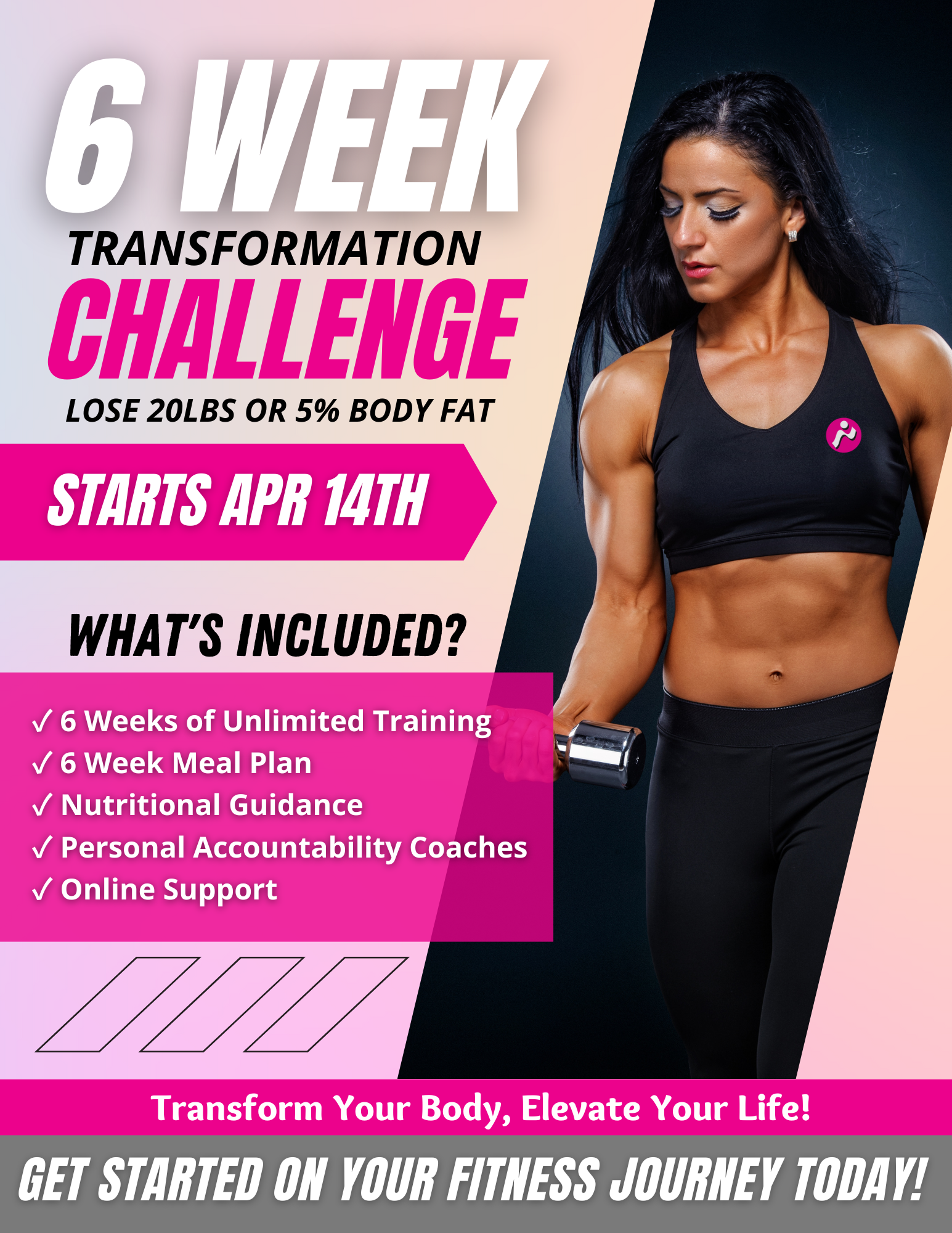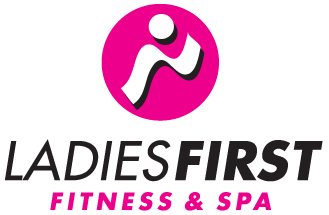
Key Takeaways
- Pilates offers a holistic approach to core strength, emphasizing mind-body connection and controlled movements
- Traditional ab workouts target specific muscle groups and can be easily integrated into existing routines
- Women's core strength needs vary based on physiological differences and life stages
- Both methods have unique benefits, with the best choice depending on individual goals and preferences
- Considering factors like time investment, equipment needs, and personal fitness objectives is crucial in making the right decision
According to a recent study by the American Council on Exercise, 68% of women report core strength as a primary fitness goal. This statistic underscores the growing importance of core training in women's fitness routines. As the fitness landscape evolves, two prominent approaches have emerged as frontrunners in the quest for a stronger core: Pilates and traditional ab workouts. Each method offers unique benefits and challenges, leaving many women wondering which path to choose for optimal results.
The core muscles play a crucial role in everyday movements, posture, and overall physical performance. For women, maintaining a strong core is not just about aesthetics; it's about functional strength, injury prevention, and overall well-being. The decision between Pilates and traditional ab workouts isn't just a matter of preference—it's about finding the most effective approach for individual needs and goals.
Interestingly, recent research has shed light on an often-overlooked factor in core training effectiveness: the impact of hormonal cycles. This unique angle adds another layer of complexity to the decision-making process, highlighting the need for a nuanced approach to women's fitness.
Understanding Core Strength for Women
Anatomy of the Female Core
The female core is a complex system of muscles that extends far beyond the visible abdominals. It includes the rectus abdominis (the "six-pack" muscles), transverse abdominis (deep core muscles), obliques (side abdominals), erector spinae (back muscles), and the muscles of the pelvic floor. Together, these muscle groups work in harmony to provide stability, support, and power for various movements.
Core muscle engagement is not just about performing isolated exercises; it's about learning to activate these muscles effectively during everyday activities. This is where the concept of core stability exercises comes into play, focusing on maintaining proper alignment and control during movement.
Why Women Need Different Core Training Approaches
Women's bodies are uniquely designed, and their core training needs can differ significantly from men's. Physiological differences such as a wider pelvis, hormonal fluctuations, and varying muscle fiber compositions all play a role in how women should approach core strengthening.
Life stages such as pregnancy and menopause also have a profound impact on core strength. During pregnancy, the abdominal muscles stretch to accommodate the growing baby, often leading to a condition called diastasis recti. Post-pregnancy, many women face the challenge of rebuilding core strength while dealing with hormonal changes and new physical demands.
Menopause brings its own set of challenges, including changes in muscle mass and bone density. These factors make it crucial for women to adopt core training methods that are not only effective but also safe and adaptable to their changing bodies.
Deep Dive into Pilates
Core Principles and Methodology
Pilates, developed by Joseph Pilates in the early 20th century, is founded on principles of controlled movements and mindful breathing. This method emphasizes the mind-body connection, encouraging practitioners to focus intensely on each movement and its impact on the body.
The Pilates core workout is designed to strengthen the entire core musculature, including the deep stabilizing muscles often neglected in traditional workouts. By focusing on precision and control, Pilates aims to improve not just strength, but also flexibility, balance, and overall body awareness.
Types of Pilates Exercises for Core
Pilates exercises for core strength can be broadly categorized into two types: mat-based and reformer exercises. Mat Pilates involves exercises performed on the floor using body weight resistance and sometimes small props like resistance bands or balls. These exercises are accessible and can be done at home with minimal equipment.
Reformer Pilates utilizes a specialized piece of equipment called a reformer, which provides resistance through springs and pulleys. This allows for a wider range of exercises and can be particularly beneficial for those looking to challenge their core strength further.
Both types of Pilates offer progressive difficulty levels, allowing practitioners to continually challenge themselves as they grow stronger. This adaptability makes Pilates suitable for women at various fitness levels and stages of life.
Traditional Ab Workouts Examined
Common Exercises and Techniques
Traditional ab workouts typically include a variety of exercises targeting different areas of the core. Common exercises include:
- Crunches: Targeting the rectus abdominis
- Planks: Engaging the entire core, including the transverse abdominis
- Russian twists: Working the obliques
- Leg raises: Focusing on the lower abs and hip flexors
Proper form and execution are crucial in traditional ab exercises to maximize effectiveness and prevent injury. For example, during crunches, it's important to avoid pulling on the neck and to focus on engaging the abdominal muscles throughout the movement.
Evolution of Traditional Ab Training
Traditional ab training has evolved significantly over the years. Modern variations incorporate functional movements and often integrate core work into full-body exercises. For instance, mountain climbers not only work the core but also provide cardiovascular benefits.
The integration of traditional ab exercises with other workout styles has led to the development of high-intensity interval training (HIIT) core workouts, which aim to improve both strength and endurance. This evolution has made traditional ab workouts more versatile and time-efficient.
Comparative Analysis
Effectiveness Metrics
When comparing Pilates and traditional ab workouts, it's important to consider various effectiveness metrics. A study published in the Journal of Sports Science and Medicine found that after 12 weeks, participants in a Pilates program showed a 21% increase in core strength compared to a 15% increase in those following a traditional ab workout regimen.
Time to results can vary between the two methods. Traditional ab workouts often show visible results in muscle definition more quickly, while Pilates tends to build strength and improve posture over a longer period.
Safety and Injury Prevention
Both Pilates and traditional ab workouts can be safe when performed correctly. However, Pilates generally has a lower risk of injury due to its focus on controlled movements and proper alignment. A study in the International Journal of Sports Physical Therapy reported that Pilates practitioners had a 28% lower incidence of lower back pain compared to those engaging in traditional strength training.
Traditional ab exercises, particularly when performed with high intensity or improper form, can put stress on the lower back and neck. This makes proper instruction and form crucial for injury prevention in traditional core workouts.
Practical Considerations
Time and Cost Comparison
Time investment varies between Pilates and traditional ab workouts. A typical Pilates session lasts 45-60 minutes, while a focused traditional ab workout can be completed in 15-30 minutes. However, Pilates often provides a more comprehensive full-body workout in a single session.
Cost-wise, traditional ab workouts have the advantage of requiring minimal equipment, making them more budget-friendly. Pilates, especially reformer Pilates, can be more expensive due to the need for specialized equipment or studio classes. However, mat Pilates can be practiced at home with minimal investment.
Accessibility and Learning Curve
Traditional ab exercises are generally more accessible and have a shorter learning curve. Most people can start with basic exercises like crunches or planks with minimal instruction. Pilates, on the other hand, often requires more guidance to master the proper techniques and breathing patterns.
However, both methods offer progressive advancement opportunities. As practitioners become more proficient, they can explore more challenging variations and exercises to continue their core strength development.
Making the Choice
Goal-Based Decision Making
Choosing between Pilates and traditional ab workouts often comes down to individual goals:
- For overall body toning and improved flexibility, Pilates may be the better choice.
- For targeted ab definition and quick strength gains, traditional ab workouts might be more suitable.
- Those seeking rehabilitation or dealing with back issues might benefit more from the gentle, controlled approach of Pilates.
Lifestyle Compatibility
Consider your lifestyle when making your choice:
- If you prefer short, intense workouts that can be done anywhere, traditional ab exercises might fit better into your routine.
- If you enjoy longer, more mindful sessions and don't mind investing in equipment or classes, Pilates could be a great option.
- Your preferred workout environment—whether it's a gym, studio, or home—can also influence your decision.
Conclusion
Both Pilates and traditional ab workouts offer unique benefits for women's core strength. Pilates provides a holistic approach, focusing on overall body conditioning, flexibility, and mind-body connection. Traditional ab workouts offer targeted core exercises that can be easily integrated into existing fitness routines.
The best choice ultimately depends on individual goals, preferences, and lifestyle factors. Many women find that a combination of both methods yields the best results, allowing them to enjoy the benefits of each approach.
Remember, the most effective workout is one that you enjoy and can consistently maintain. Whether you choose Pilates, traditional ab exercises, or a combination of both, the key is to listen to your body and stay committed to your core strength journey.
Consider trying both methods to find what works best for you. Consult with fitness professionals or instructors to ensure proper form and technique, and always prioritize safety in your core training journey. Your path to a stronger core is unique—embrace the method that resonates with you and watch your strength and confidence grow.
Our Recent Posts








